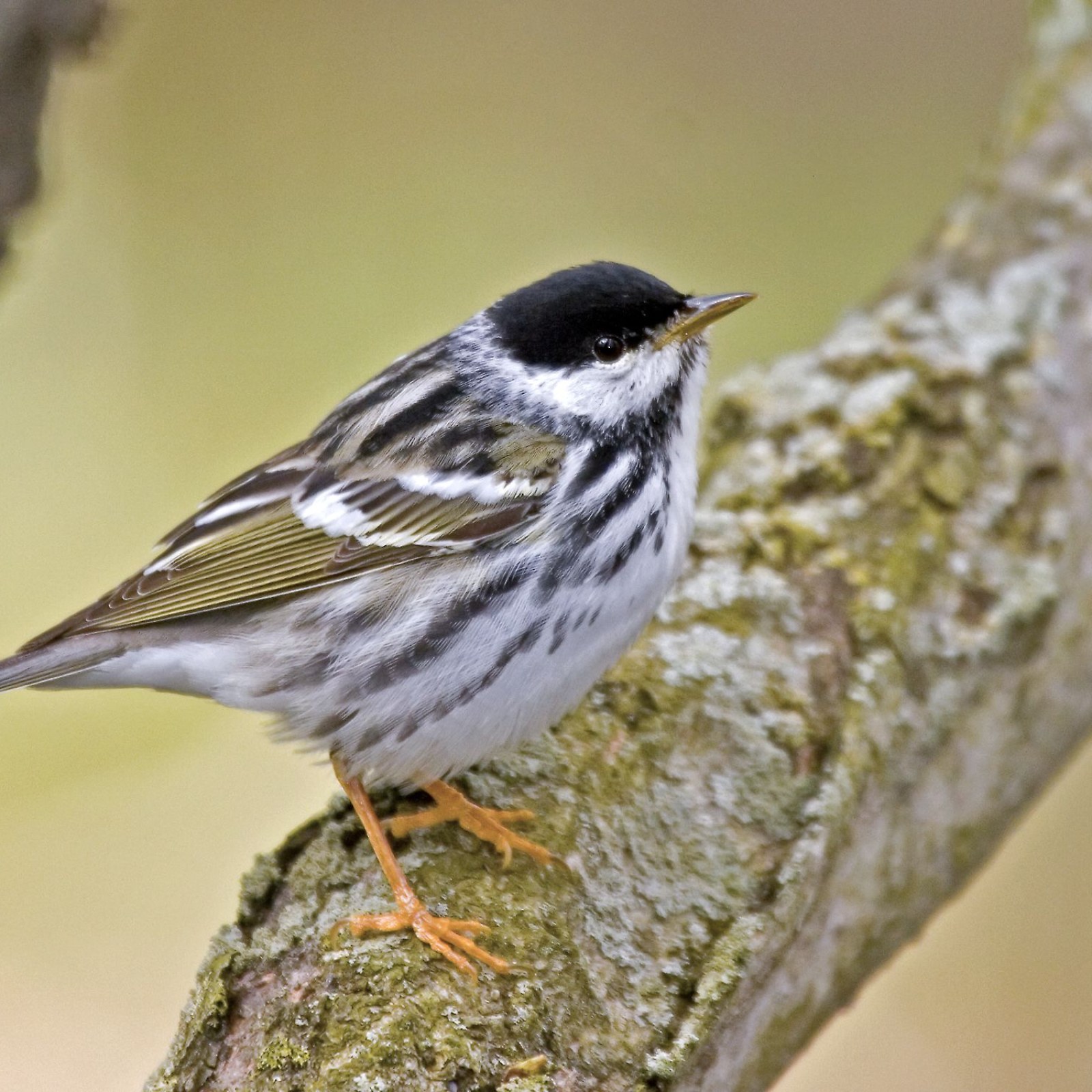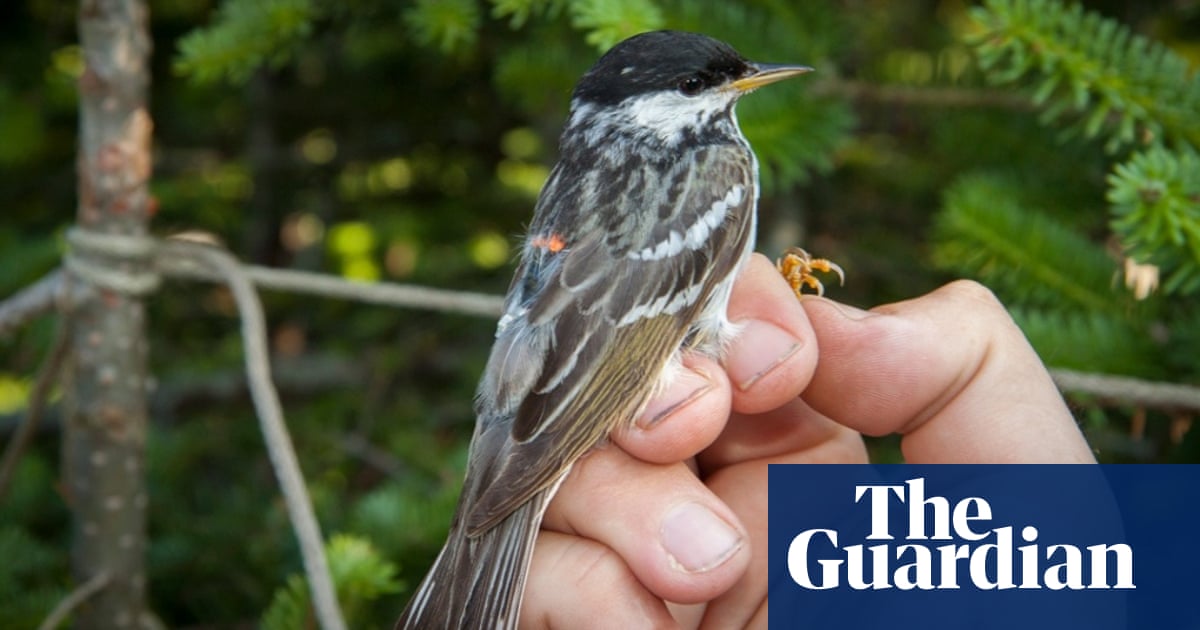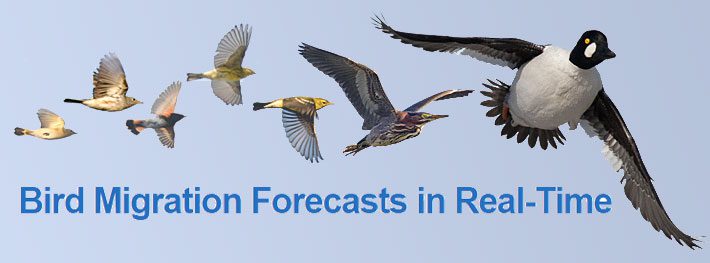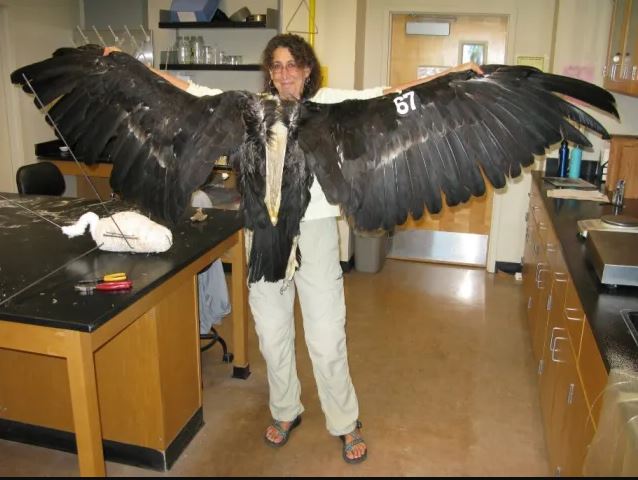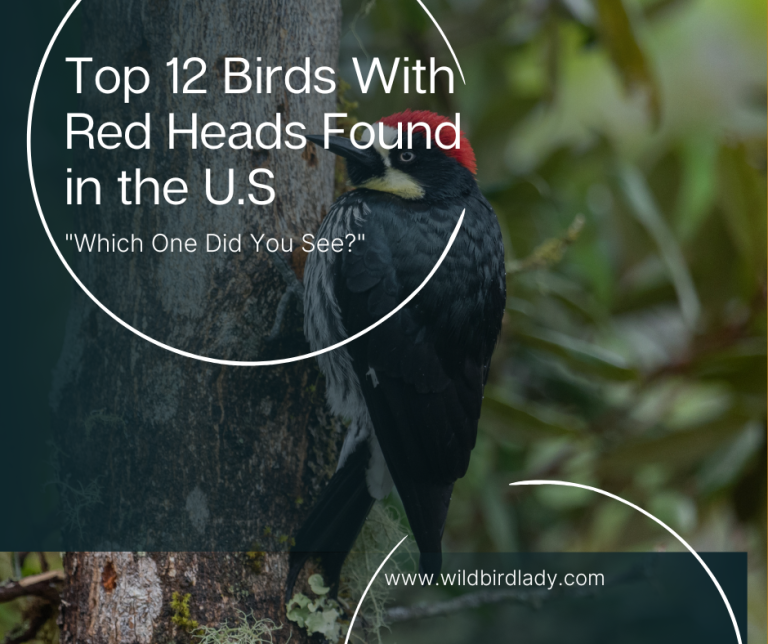Science Behind Black Bird Migration: Nature’s Aerial Marvel Explained
Each year, as the seasons shift, vast flocks of black birds fill the skies, their synchronized flight painting dynamic patterns against the horizon. From European starlings to red-winged blackbirds and common grackles, these dark-feathered migrants move with uncanny precision and purpose. But what drives them? How do they know where to go, when to leave, and how to survive the perilous journey?
In this article, we’ll delve into the science behind black bird migration, uncovering the biology, environmental cues, and evolutionary marvels that guide their flights across continents.
What Are “Black Birds”?
The term “black birds” doesn’t refer to a single species, but rather to a group of birds characterized by dark, often iridescent plumage. Common migratory black birds in North America include:
- Red-winged blackbirds (Agelaius phoeniceus)
- Common grackles (Quiscalus quiscula)
- European starlings (Sturnus vulgaris)
- Rusty blackbirds (Euphagus carolinus)
- Brewer’s blackbirds (Euphagus cyanocephalus)
Though visually similar, each species has its own migratory patterns and ecological niche. Collectively, however, they play a vital role in ecosystems through insect control, seed dispersion, and nutrient cycling.
Why Do Black Birds Migrate?
Migration is driven by survival—and it’s all about food and breeding.
In colder climates, the food supply (insects, seeds, berries) becomes scarce in winter. Migration allows birds to travel to warmer regions where food is abundant and breeding conditions are optimal.
Primary Reasons for Migration:
- Avoid starvation: Insects die or become dormant in winter.
- Breeding success: Milder climates mean more nesting options and safer environments for chicks.
- Avoid extreme weather: Harsh winters can be fatal to small birds.
This instinct to move is hardwired into their DNA, refined by thousands of years of natural selection.
The Role of Genetics in Migration
Believe it or not, birds are born with a built-in map and clock.
Zugunruhe: The Migratory Restlessness
Young birds, even without adult guidance, exhibit “zugunruhe”—a German term for nocturnal restlessness during migration season. In captivity, blackbirds will flutter in the direction they would naturally migrate, despite having never flown the route before.
Genetic cues dictate:
- Timing: When to depart and return
- Direction: General compass heading
- Distance: How far they should travel
While learning and experience refine these skills, the base coding is innate.
Environmental Cues: Nature’s GPS
While genetics lay the groundwork, environmental cues fine-tune the migration process.
Key Environmental Triggers:
- Daylight length (photoperiod): Longer or shorter days signal migration readiness.
- Temperature shifts: Cold fronts or warming trends can trigger departures.
- Food availability: Decline in food prompts movement.
- Geomagnetic field: Birds can detect Earth’s magnetic field using iron-based receptors near their beaks.
Celestial Navigation
Black birds also use:
- Stars and constellations (especially at night)
- Sun’s position during the day
- Polarized light patterns invisible to human eyes
This natural navigation system is more advanced than any GPS ever built by humans.
The Physics of Flight: Energy and Efficiency
Migration is energy-intensive, especially for small birds. A blackbird may travel hundreds to thousands of miles during each migratory season.
Energy Optimization Strategies:
- V-shaped formations: Common in larger species to reduce wind resistance.
- Drafting: Riding the air currents from the bird ahead.
- Fat storage: Birds bulk up with fat—up to 50% of their body weight—for fuel.
- Stopover sites: Areas to rest and refuel along the way.
These strategies minimize energy output and maximize survival.
Social Dynamics in Black Bird Flock
Ever witnessed a murmuration of starlings? Thousands of birds moving as one entity—it’s not just mesmerizing, it’s strategic.
Benefits of Flocking:
- Protection from predators: Safety in numbers.
- Information sharing: Birds communicate about food sources and roosting sites.
- Aerodynamic efficiency: Especially in tight, fluid flight formations.
Migrating in large flocks also helps younger birds follow experienced leaders, improving survival chances.
Threats to Migration Routes
Despite their evolutionary finesse, modern black birds face increasing challenges.
Human-Caused Threats:
- Habitat loss: Urbanization and agriculture destroy stopover and breeding sites.
- Climate change: Alters timing, food availability, and weather conditions.
- Light pollution: Disorients birds during nocturnal migration.
- Collisions: Skyscrapers, power lines, and wind turbines claim millions of bird lives annually.
- Pesticides: Diminish insect populations and directly poison birds.
Conservation is critical to preserving migration patterns.
How Scientists Study Black Bird Migration
Understanding the science behind black bird migration requires innovative tools and techniques.
Research Methods:
- Bird banding (ringing): Attaching a unique ID tag to track recaptures.
- Radio telemetry: Miniature transmitters that send GPS signals.
- Geolocators: Lightweight devices tracking light exposure for positional data.
- Radar ornithology: Tracking bird flocks via weather radar.
- Citizen science: Projects like eBird and Project FeederWatch contribute millions of observations annually.
These tools help scientists map routes, estimate populations, and identify at-risk species.
Fascinating Migration Facts
Here are some mind-blowing truths about black bird migration:
- Red-winged blackbirds can travel up to 800 miles in a few days.
- Rusty blackbirds have declined by over 85% since the 1960s—migratory habitat destruction is a major cause.
- European starlings, despite being invasive in the U.S., still migrate thousands of miles and form massive murmurations.
- Some black birds migrate at night to avoid predators and take advantage of calmer atmospheric conditions.
How to Help Migratory Black Birds
You don’t have to be a scientist to make a difference.
Backyard Tips:
- Plant native trees and shrubs to offer food and shelter.
- Keep cats indoors: Outdoor cats kill an estimated 2.4 billion birds each year in the U.S. alone.
- Turn off lights during peak migration (spring and fall).
- Avoid pesticides that harm bird food sources.
- Install birdbaths and feeders during migration seasons.
Small actions compound into big impacts when done collectively.
Final Thoughts: Nature’s Great Balancing Act
The science behind black bird migration is a dazzling blend of biology, physics, environmental adaptation, and sheer instinct. These birds perform incredible feats of endurance and navigation, year after year, guided by forces we’re only beginning to understand.
As humans continue to alter the planet, it’s our responsibility to protect these ancient migratory pathways. Because when the skies go silent, we all lose.


